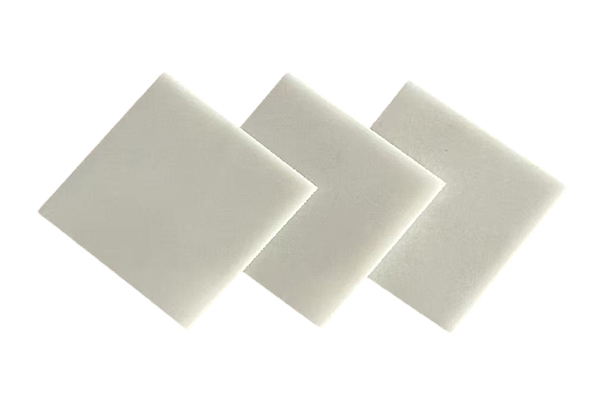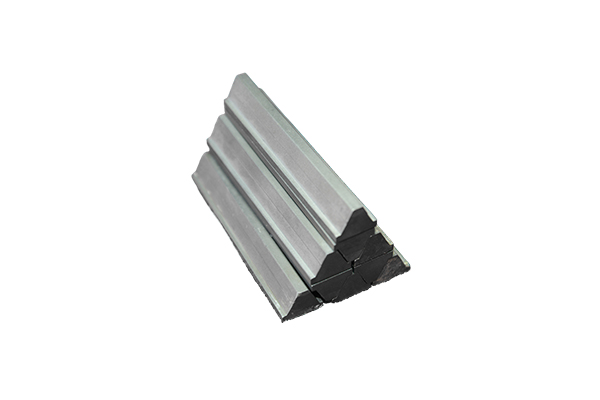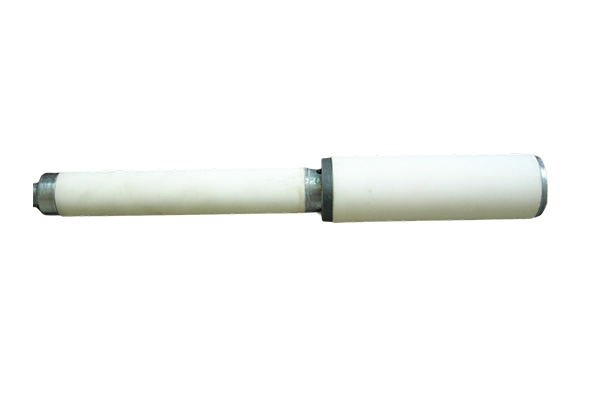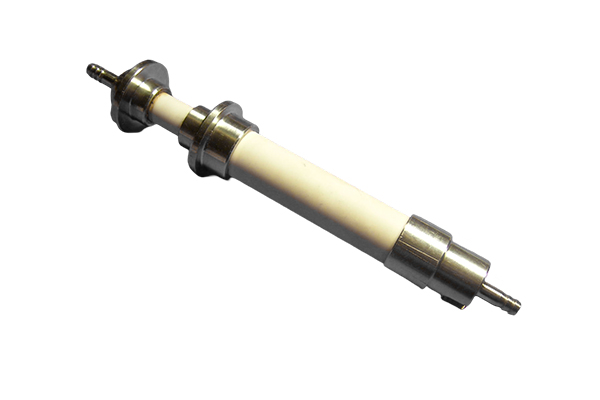How is the thermal stability of ceramic plunger?
Release Time : 2024-12-31
As an important component in modern industry, the thermal stability of the ceramic plunger has always been the focus of attention. Ceramic materials, with their excellent high-temperature resistance, enable ceramic plungers to maintain their excellent physical and chemical properties in high-temperature environments, making them an ideal choice for high-temperature working conditions.
In high-temperature environments, ceramic plungers can maintain their mechanical properties and chemical stability, and are not prone to thermal expansion or creep, thereby ensuring the long-term stable operation of the equipment. Especially in the process of oil refining, some pumps and valves need to transport hot oil, steam or other high-temperature media at high temperatures. At this time, the high-temperature resistance of ceramic plungers is particularly important.
However, the thermal stability of ceramic plungers is not only reflected in high-temperature environments, but also in low-temperature environments. Under low-temperature conditions, metal materials often lose their original strength and toughness due to embrittlement, while ceramic materials can maintain their original hardness and strength at low temperatures and are not prone to brittle fracture. This gives ceramic plungers unique advantages in applications such as polar oil equipment, cryogenic pumps and fluid delivery equipment.
In addition, the thermal stability of the ceramic plunger is closely related to its thermal shock resistance. Thermal shock resistance is a key performance of materials in engineering applications. It determines whether the material can maintain structural integrity and stable performance when experiencing sudden temperature changes. Ceramic materials often have excellent thermal shock resistance due to their low thermal expansion coefficient and high strength, and can maintain size and shape stability in an environment with drastic temperature changes.
In summary, the ceramic plunger can maintain a long service life and excellent performance under a variety of extreme conditions due to its excellent thermal stability and low temperature performance. This makes the ceramic plunger an indispensable key component in industrial equipment and is widely used in petroleum, chemical industry, marine engineering and other fields.
In the future, with the continuous development of ceramic material science and the continuous advancement of preparation technology, we have reason to believe that the performance of the ceramic plunger will be further improved and its application range will be wider.
In high-temperature environments, ceramic plungers can maintain their mechanical properties and chemical stability, and are not prone to thermal expansion or creep, thereby ensuring the long-term stable operation of the equipment. Especially in the process of oil refining, some pumps and valves need to transport hot oil, steam or other high-temperature media at high temperatures. At this time, the high-temperature resistance of ceramic plungers is particularly important.
However, the thermal stability of ceramic plungers is not only reflected in high-temperature environments, but also in low-temperature environments. Under low-temperature conditions, metal materials often lose their original strength and toughness due to embrittlement, while ceramic materials can maintain their original hardness and strength at low temperatures and are not prone to brittle fracture. This gives ceramic plungers unique advantages in applications such as polar oil equipment, cryogenic pumps and fluid delivery equipment.
In addition, the thermal stability of the ceramic plunger is closely related to its thermal shock resistance. Thermal shock resistance is a key performance of materials in engineering applications. It determines whether the material can maintain structural integrity and stable performance when experiencing sudden temperature changes. Ceramic materials often have excellent thermal shock resistance due to their low thermal expansion coefficient and high strength, and can maintain size and shape stability in an environment with drastic temperature changes.
In summary, the ceramic plunger can maintain a long service life and excellent performance under a variety of extreme conditions due to its excellent thermal stability and low temperature performance. This makes the ceramic plunger an indispensable key component in industrial equipment and is widely used in petroleum, chemical industry, marine engineering and other fields.
In the future, with the continuous development of ceramic material science and the continuous advancement of preparation technology, we have reason to believe that the performance of the ceramic plunger will be further improved and its application range will be wider.








